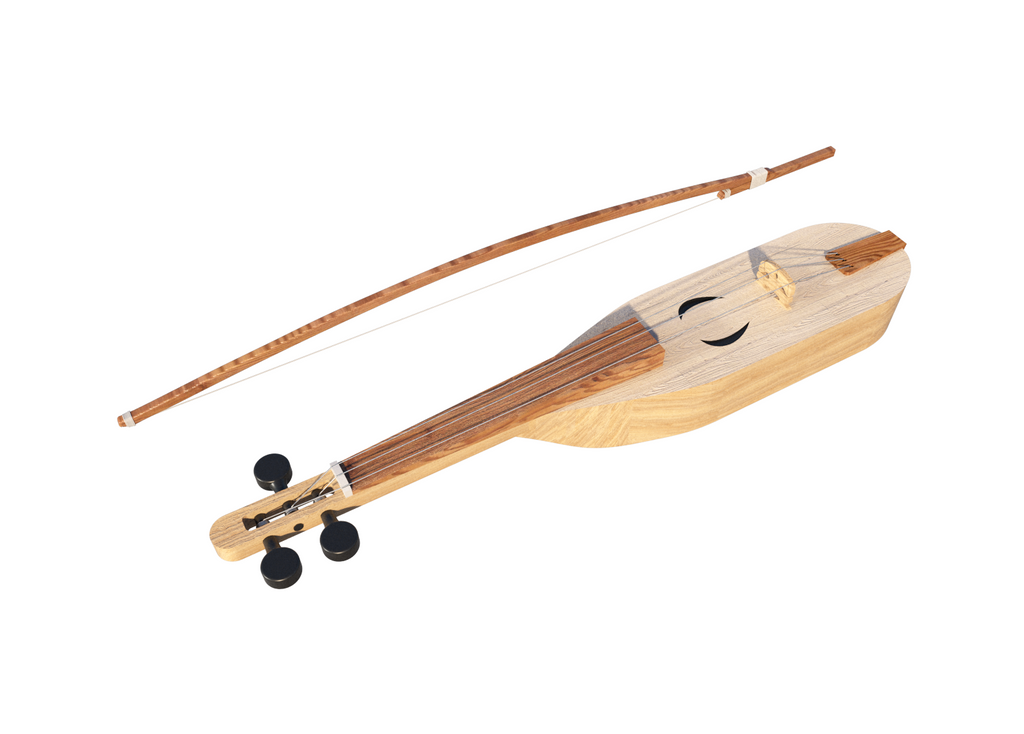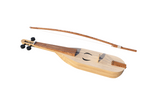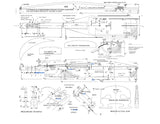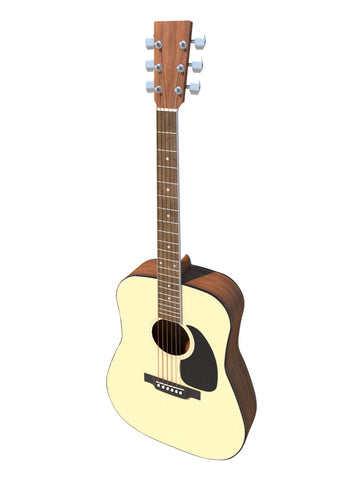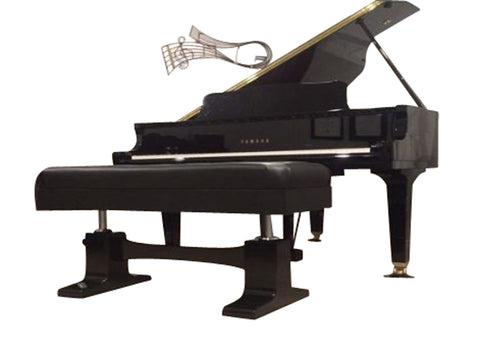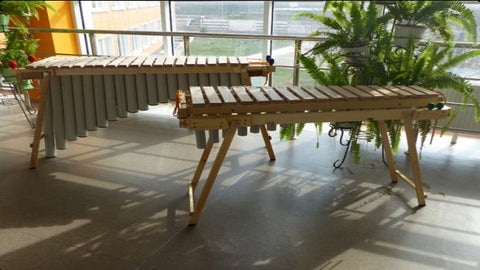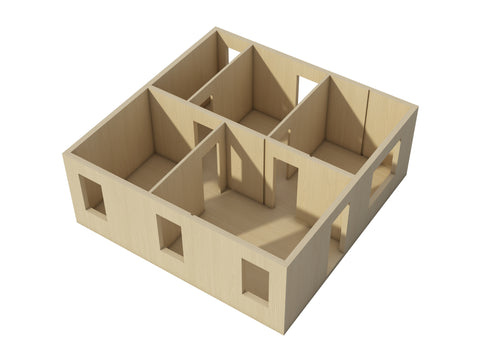Rebec Instrument Fiddle Plans DIY Homemade String Musical Instrument Woodworking Project
Rebec Fiddle Plans DIY, Rebec Medieval Violin Fiddle Plans
These DIY plans will show you how to make your own Rebec Instrument Fiddle.
What is a Rebec Fiddle?
A Rebec fiddle is a traditional European fiddle. Its distinctive pegbox and soundboard make it distinct from gambas and vielles. The rebec is a popular fiddle among classical musicians. It was created during the Renaissance and was influenced by Italian and French music.
Soundboard
A rebec fiddle is a 150-year-old German fiddle. While the body is smaller than a violin, the strings are almost as long. The rebec fiddle is played with a bow different from a violin's. This makes it difficult to play for beginners.
The rebec is a pear-shaped instrument with three strings. The strings are inserted laterally into a peg box. These pegs are usually secured with a bow. The rebec is played by an artist wearing a medieval-style cloak and wig.
The rebec fiddle is traditionally played with the left hand, which is held horizontally. In early rebecs, tuning pegs were located perpendicular to the soundboard. Some rebec fiddles also had a drone string, which was strung off the soundboard.
Pegbox
A rebec fiddle is an instrument that has three strings and is shaped like a pear. The instrument is usually played with a bow. Its name comes from a 14th century addition to a 10th century manuscript, De Musica de Boethius, which can be found at the Biblioteca Ambrosiana in Milan. In addition to the standard pear-shaped instrument, there are a few variants.
There are two basic ways to play a rebec fiddle. The first way is to hold the instrument vertically with the base of the resonator against the player's lap. The other way is to hold it with the back of the instrument near the player's shoulder. The right hand is used to bow the strings and the left hand is used to stop the strings against the fingerboard.
Body
The Rebec Fiddle is a type of fiddle that was first made in Italy around the 12th century. It was originally held by the left hand in a horizontal position and played with the chin raised. Many depictions show this position, but others reverse it. According to rebec players, the instrument should be held at the chest rather than the chin.
A rebec has three strings and is carved with a figure resembling a pear. It is often accompanied by a bow. The rebec was invented in Italy, but the instrument is rare today.
Tunings
Rebec fiddle tunings have a very specific history. Originally, the instrument was played in the Middle Ages, but they are now used in many popular music styles. There are two main ways to tune a rebec, either vertically or horizontally. Vertically, the rebec is held in the player's lap with the back of the resonator near the player's shoulder. In this method, one or two strings are bowed simultaneously, which produces the melody and drone sound.
The rebec is usually tuned in fifths and fourths. Early rebecs had only two strings, but later versions were multi-stringed instruments. In many depictions, the rebec has a flat bridge, which indicates that multiple strings are bowed at the same time.
Characteristics
A Rebec Fiddle is a typical pear-shaped instrument with three strings. The instrument is typically played with a bow. The instrument's characteristics are very similar to those of the guitar. Some rebecs have four strings, while others have five.
Rebec fiddles were first developed in the Middle Ages. They are descended from the Byzantine lura and the Arab Rabab. The primitive construction method of these instruments used gourds or animal skins. This technique was later adapted by western European instrument makers for wood construction. The rebec was produced in a variety of sizes and was often played in consort with other instruments in an ensemble similar to an orchestra.
The Rebec was considered a court instrument in medieval times. It was often played by Kings, and paintings of them show the instruments in action. The instrument gained popularity in royal circles in the eleventh and thirteenth centuries. In some regions, whole courts maintained ensembles of musicians. This meant that having musicians was a sign of social status. In addition, rising burghars also employed minstrels as part of their household.
All plans are designed or reviewed by Ben Stone. Ben is a retired Engineer in Canada. Ben also drafts these himself using the latest AutoCAD software to ensure accuracy. He studied Engineering back in the early 1980's. After over 30 years in the Construction industry he developed a passion for building cool items around his farm and cabin. These are great DIY projects. With a little skill anybody can Do It Yourself. Ben is always a email away if you have any questions while building one of his projects. He is adding new plans all the time.

